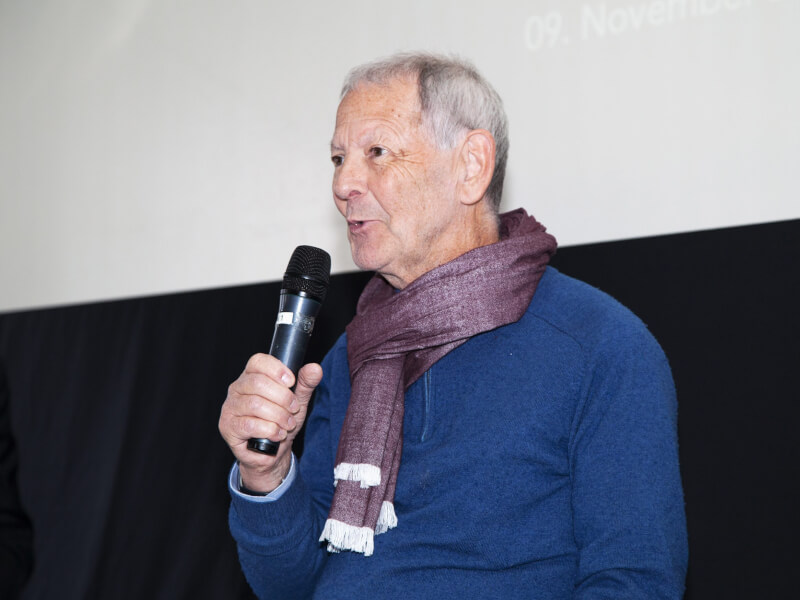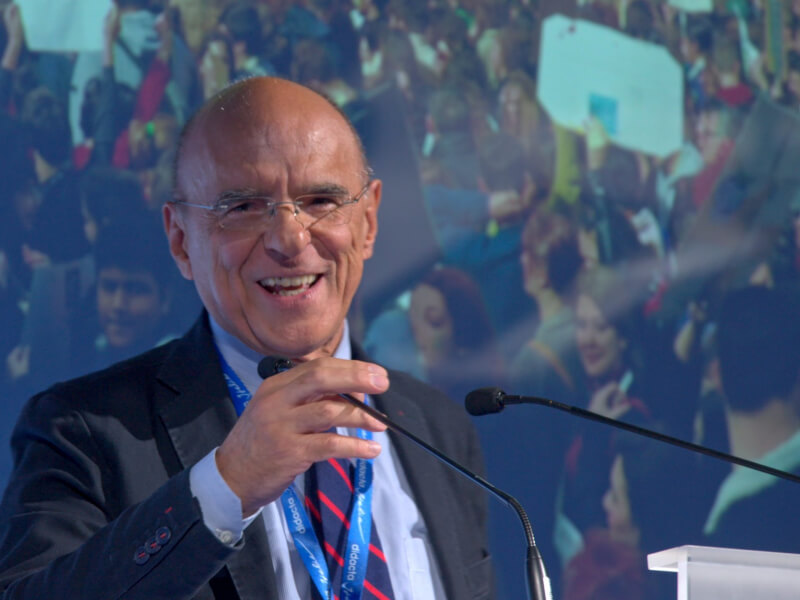08 February 2024 – How did you become involved with The Club of Rome ?
I have been a full member for the last 10 years. My initial involvement was as a co-author of the report The Limits to Certainty, facing risks in the new service ecoinomy in 1989, which was submitted to The Club of Rome along with Orio Giarini. This report described the energing service economy.
Why is the circular economy crucial for a sustainable economy?
Back in 1976, I introduced the concept of a circular economy, or “economy in loops,” in a report for the Commission of the European Union. The aim was to substitute manpower for energy – that is reduce energy consumption while creating jobs. Over time, this idea evolved to include the reuse, repair, and remanufacturing of objects and buildings. In simple terms, a circular economy encourages individuals to take care of their belongings, enjoy using them, and make the best of what they already have. Caring is the key word here.
How has your experience at the Product Life Institute contributed to your involvement with The Club of Rome and the adoption of a more resource-efficient approach within the circular economy framework?
My experience at the Product Life Institute has allowed me to distinguish between a non-monetary circular society, a monetary circular economy -which is a local craftsman approach, and a circular industrial economy that addresses the essential challenges of an industrial society. The circular industrial economy focuses on creating a low waste, low carbon, low new anthropogenic mass society, as well as preventing losses. By redirecting the focus towards utilisation and service-oriented models, economic actors internalise the cost of waste and risk, ultimately benefiting the environment and consumers.
In the 1990s, you introduced the idea of selling goods and services. How does this concept align with circular economy principles?
The performance economy of selling objects and materials as a service is the most sustainable and profitable business model of the circular economy. It exploits the sufficiency and efficiency strategies in addition to those of the circular economy by internalising the cost of the entire product life cycle, the focus shifts from profit-making through production to profit-making through the use of objects. Selling goods as services, while maintaining ownership and liability, discourages waste and promotes responsible use. This benefits both consumers, who become users and must take care of the objects they utilise, and the environment, as it reduces waste and unnecessary resource consumption.
How do you think educational institutions can simplify and effectively communicate circular economy principles to a broader audience?
It is crucial to start introducing circular economy principles at an early stage, such as in elementary schools or kindergartens. By making children aware of the circular economy and its benefits, we can shape their understanding from a young age. As they progress through higher education, the concepts will already be familiar to them, allowing for deeper understanding and application. Industry and institutions like the Cambridge Institute of Sustainability Management today play a significant role in educating top-level managers, authorities, and politicians, who may not have encountered these concepts earlier in their lives.
How can this be integrated into current curricula in different educational institutions, even in places like Zimbabwe?
The challenge lies in the fact that many universities primarily teach traditional economics without considering alternatives. In countries like Zimbabwe, where sustainability is a concern, it might be easier for individuals interested in circular economy principles to directly engage with industry rather than pursuing traditional economics at university. Organisations like The Club of Rome should focus on adapting their ideas and messages to align with the cultural and local thinking of each region. This bottom-up strategy will ensure better absorption of the principles by grassroots communities.
What are some of the ways that The Club of Rome can explore to ensure their message is absorbed from a grassroots level?
Rather than purely aiming for global impact, The Club of Rome should rely more on its regional offices or clubs, as they possess cultural and local understanding. By promoting bottom-up strategies, tailored to regional or local thinking, the organisation can guarantee that its message resonates with individuals and communities. Adapting books and materials to the culture, languages and economies of various regions will also enhance absorption and understanding.
How do you see a circular economy in 10 years?
In ten years, I envision a generalised implementation of circular economy principles, adapted to different local and regional cultures. It will no longer be a single, uniform circular economy concept, but various approaches and business models designed to achieve low waste, low carbon, low new anthropogenic mass and loss prevention targets. Different regions, such as Saudi Arabia, Japan, Africa, or South America, will adopt strategies that suit their unique cultural and environmental contexts. To me, the open question is if the societies of abundance in the North will be willing and able to abandon their resource wasteful lifestyle based on wants for a need-based one.






